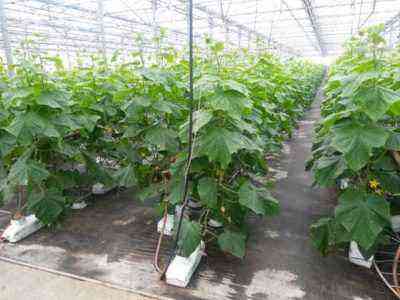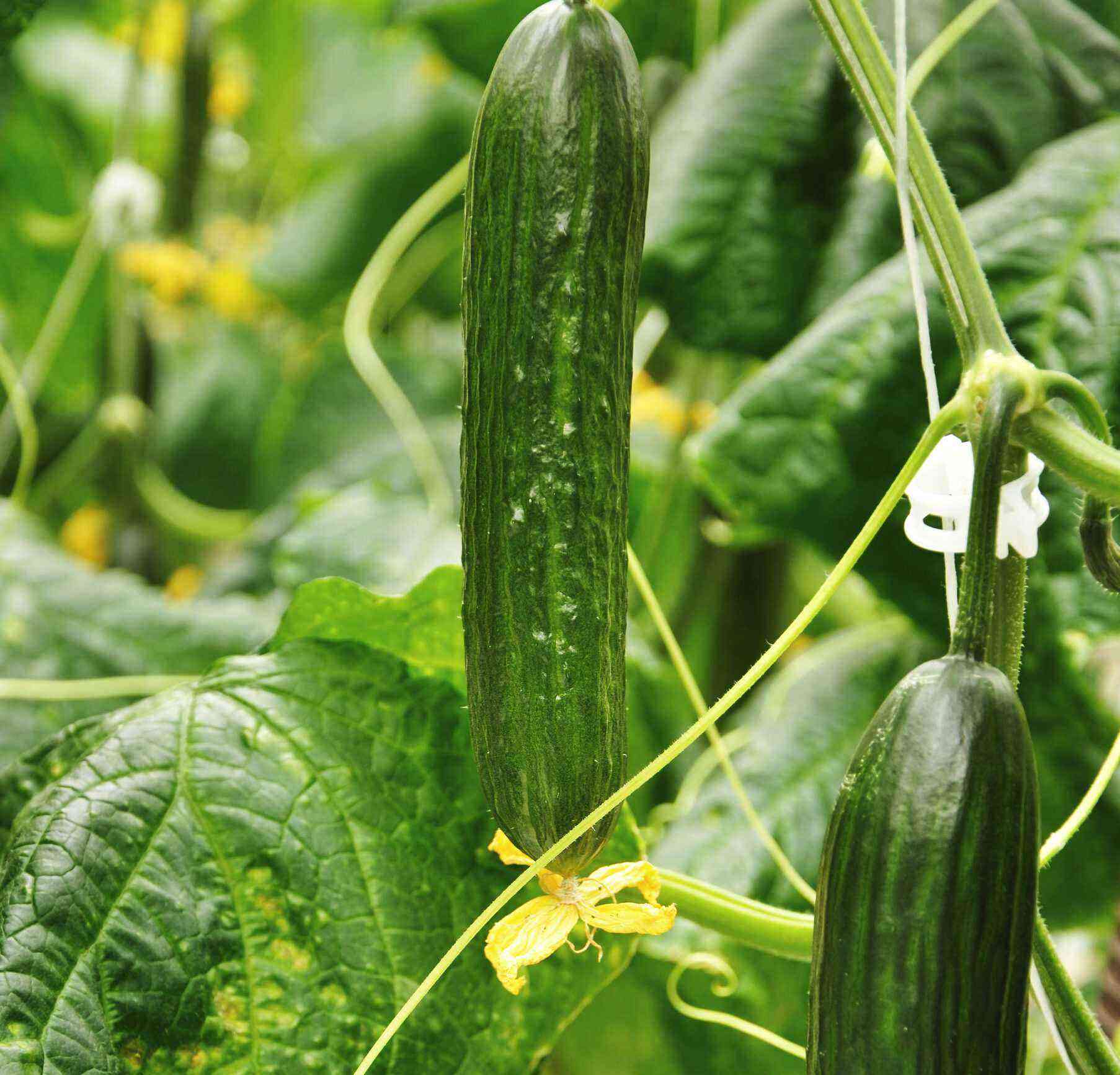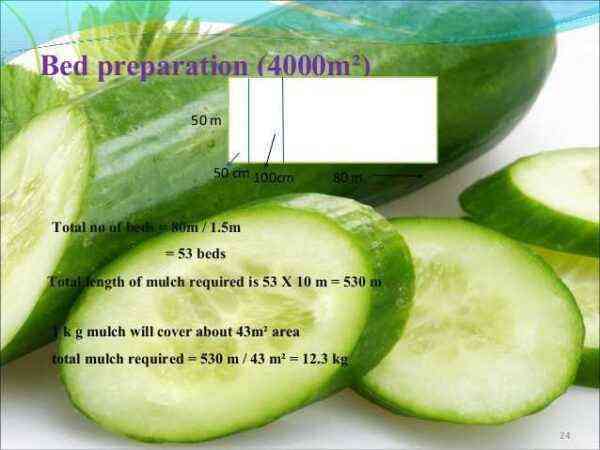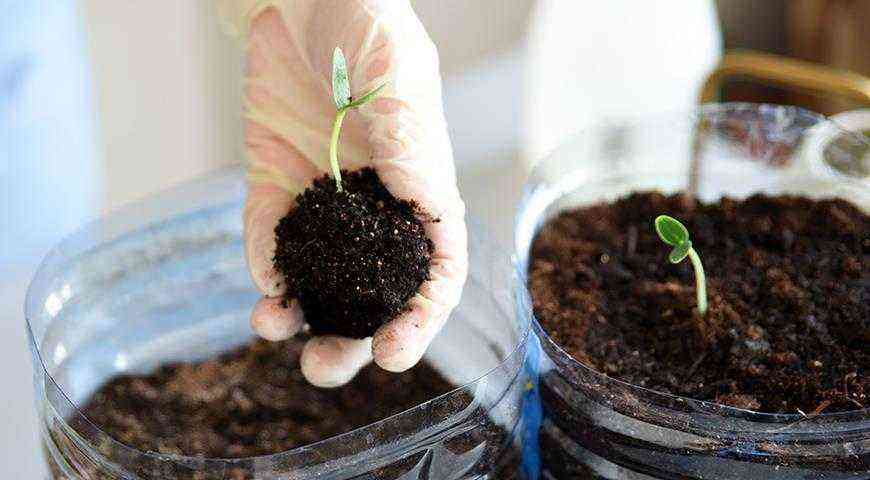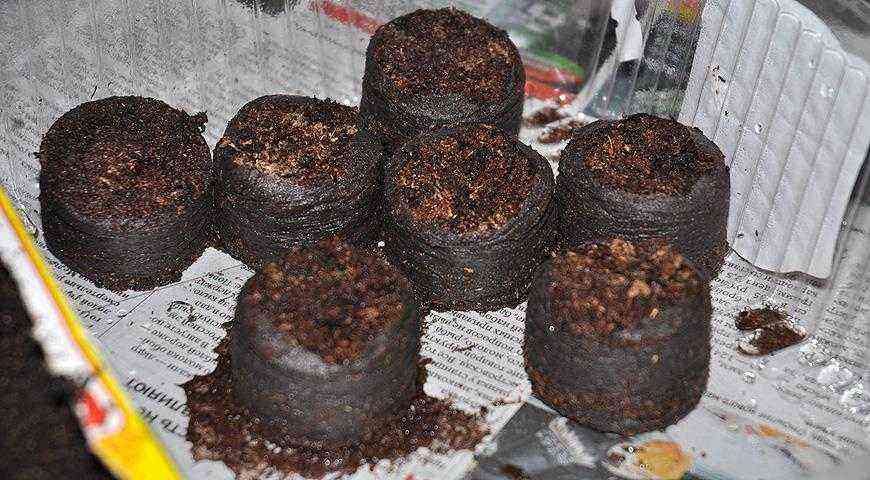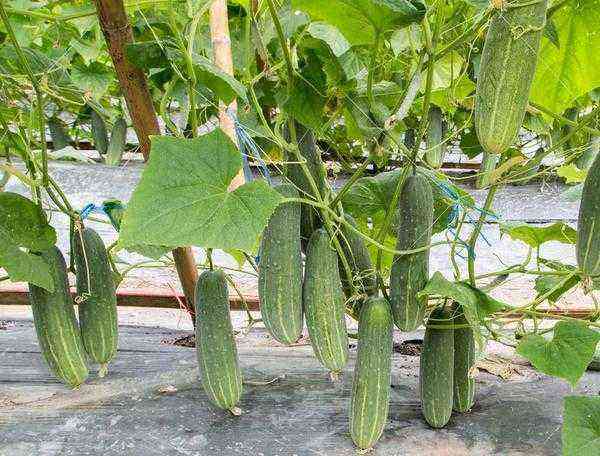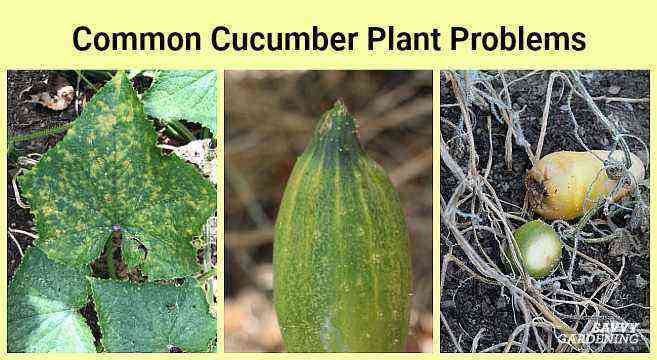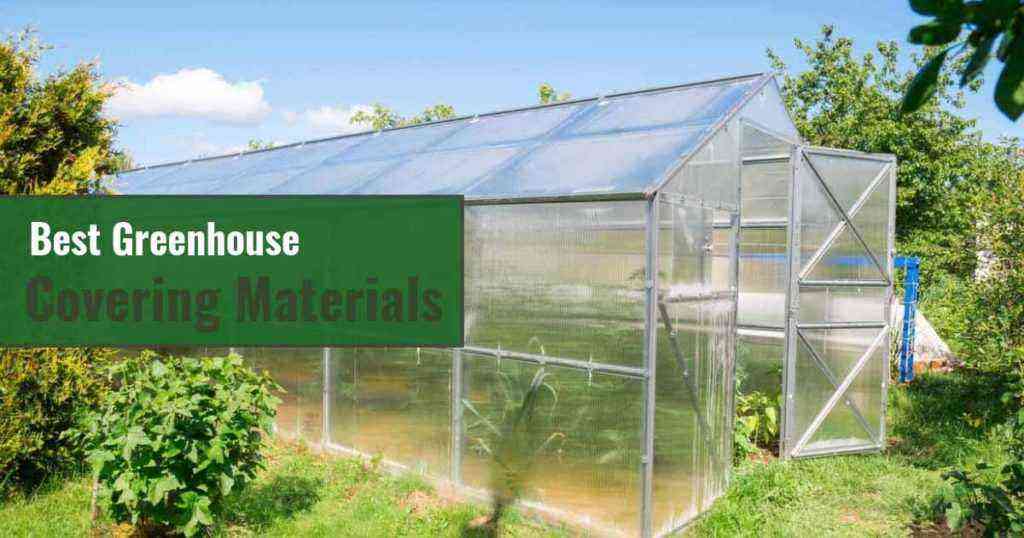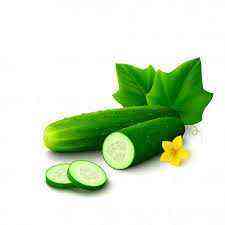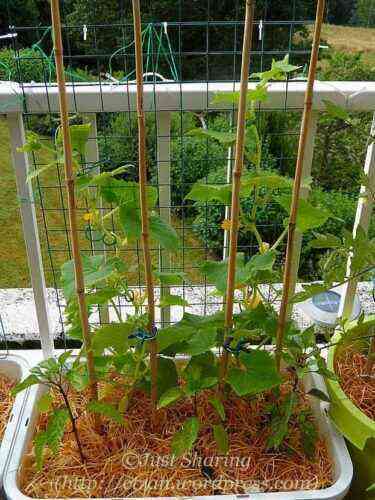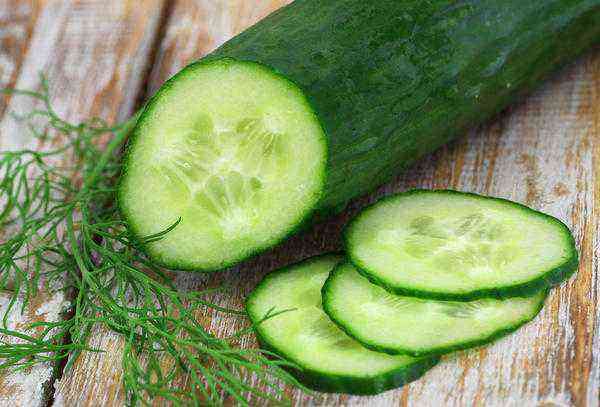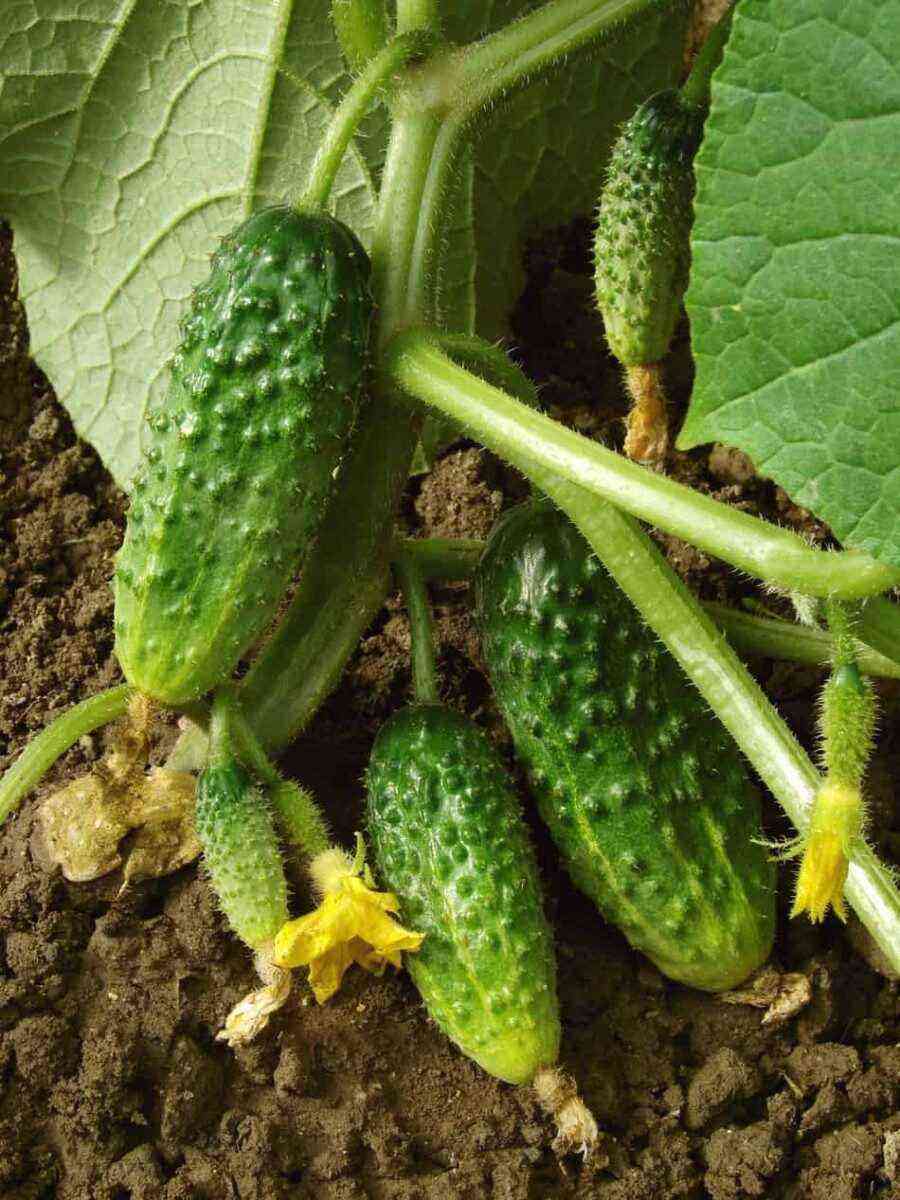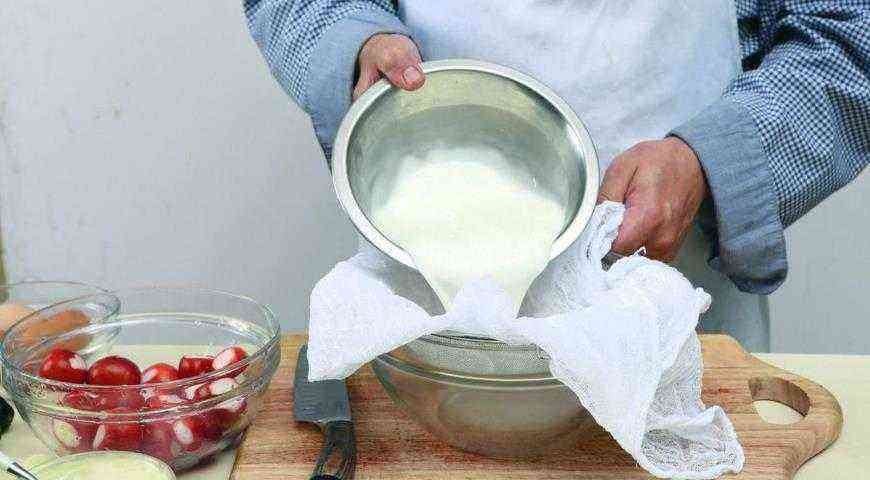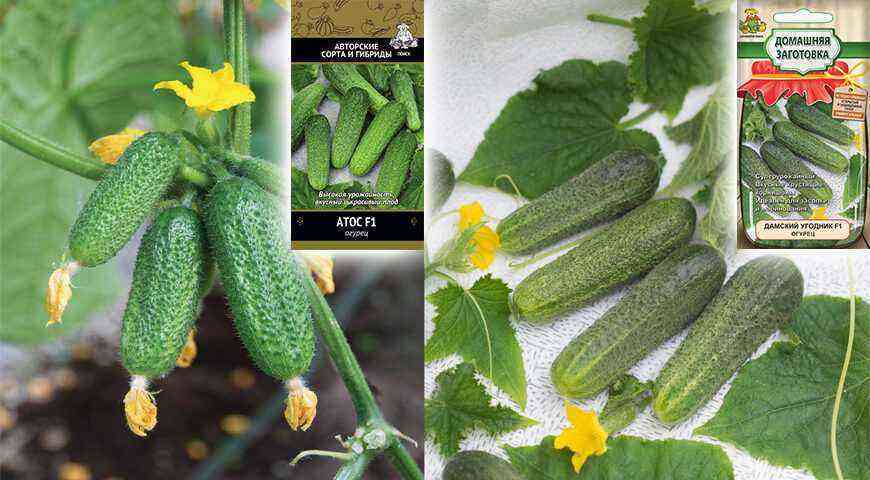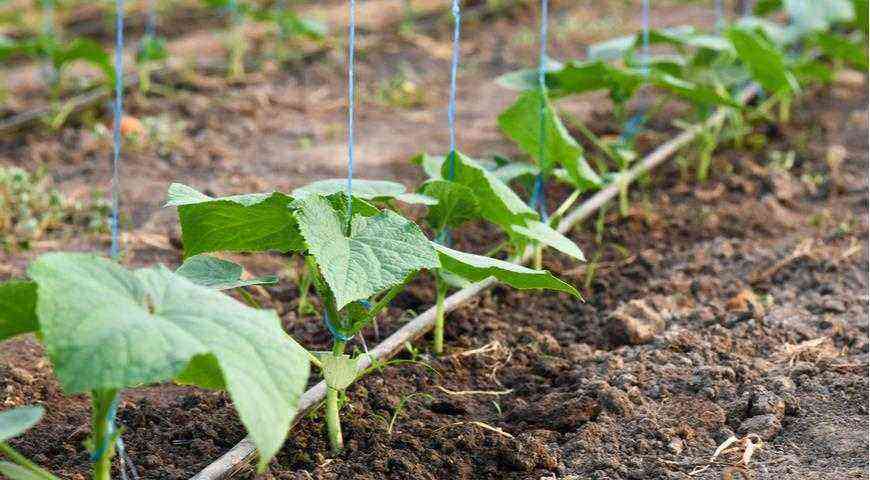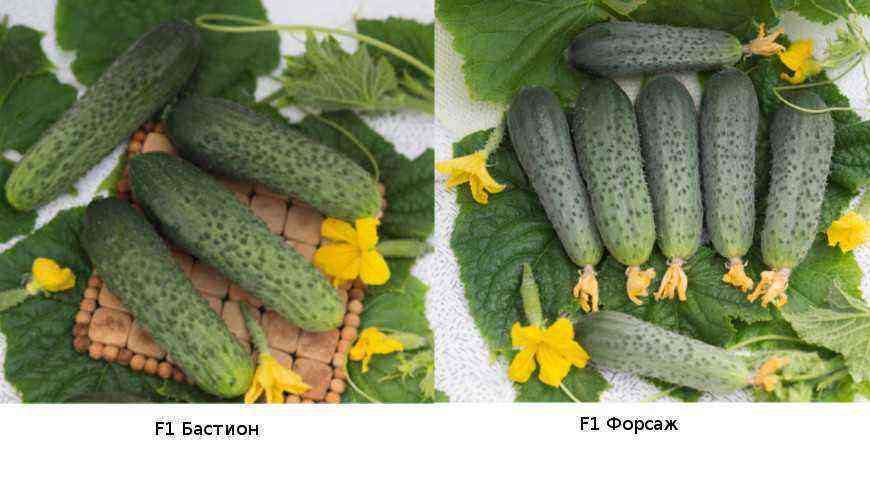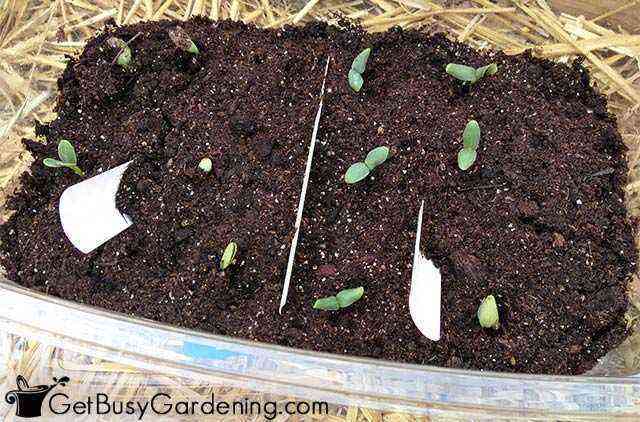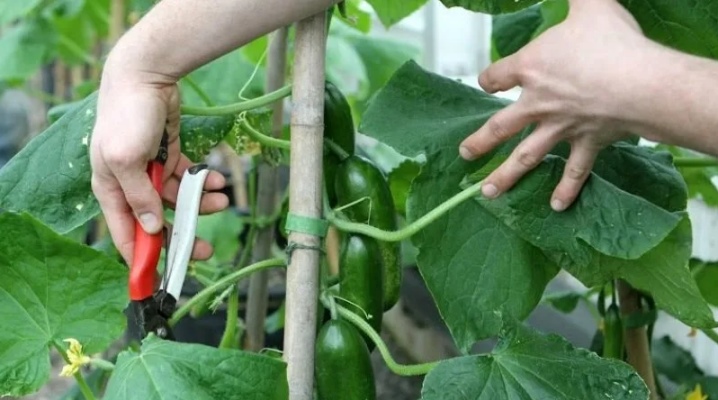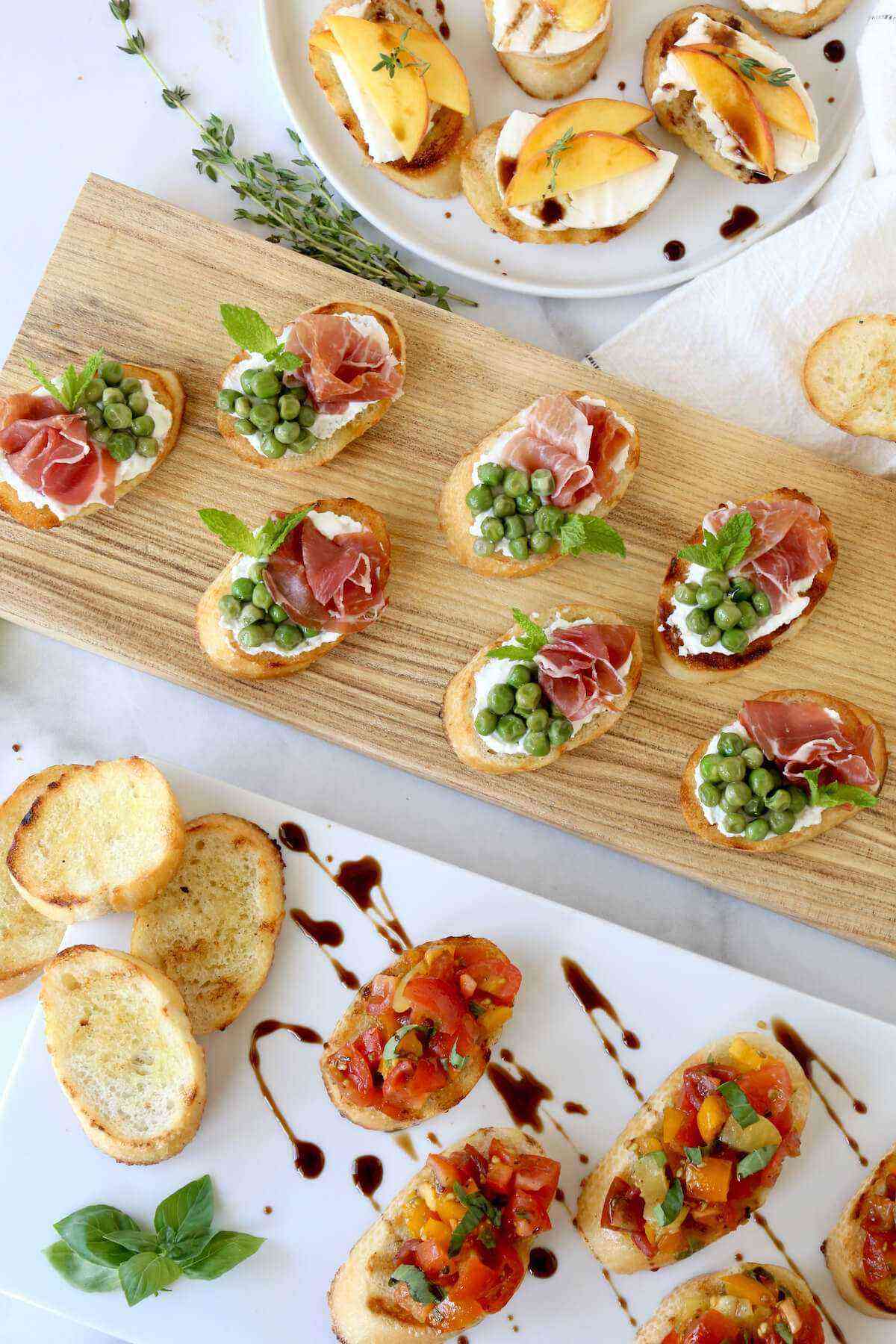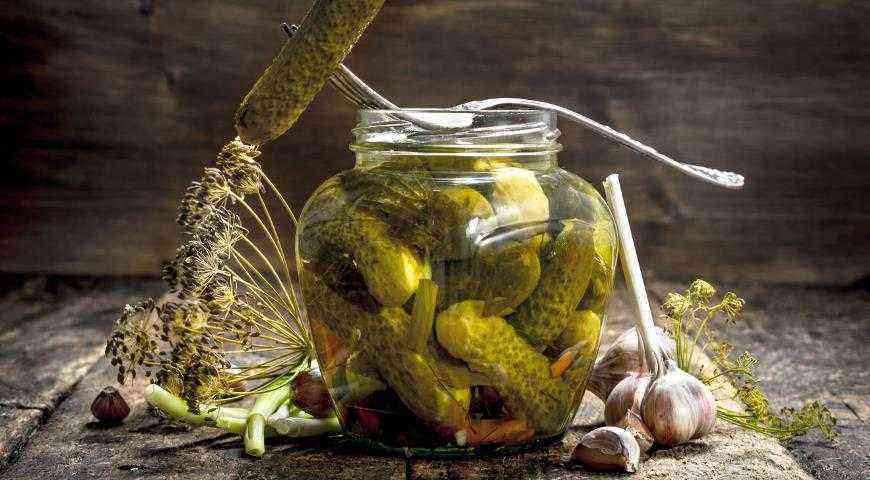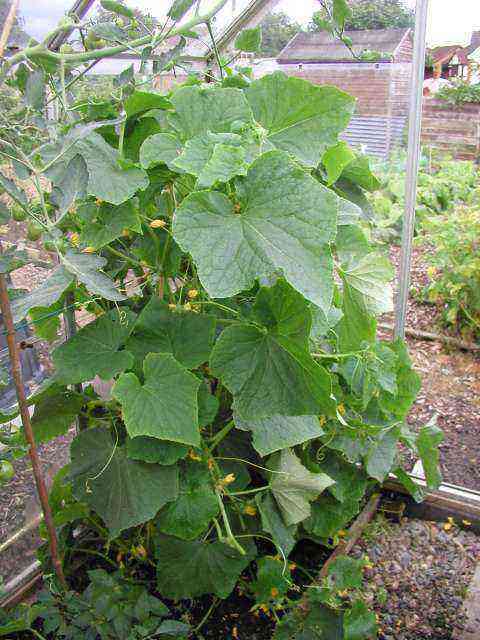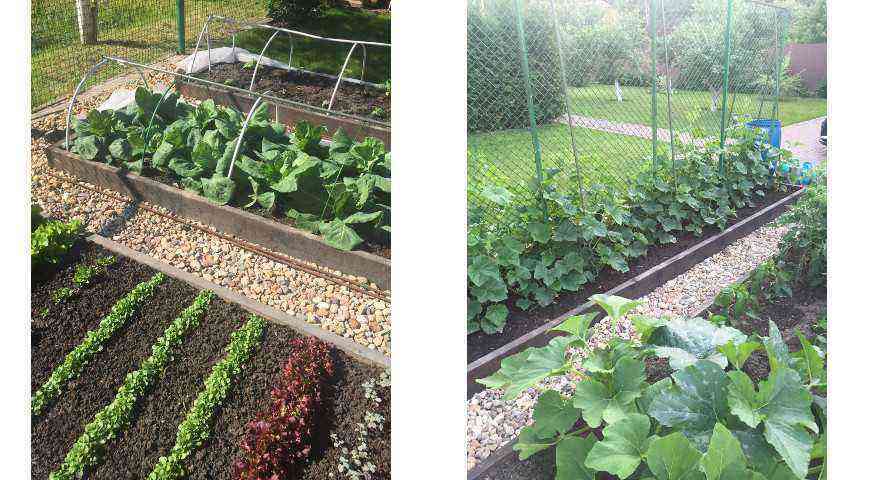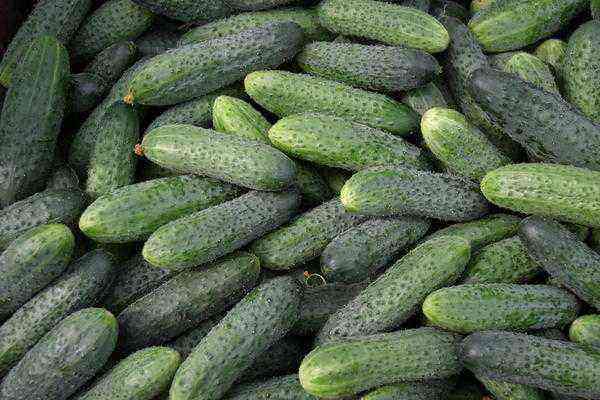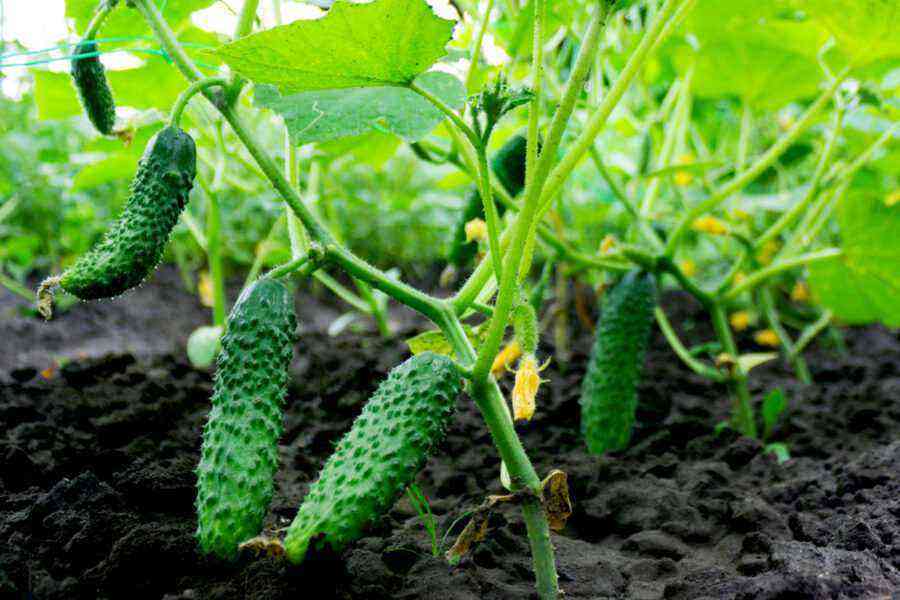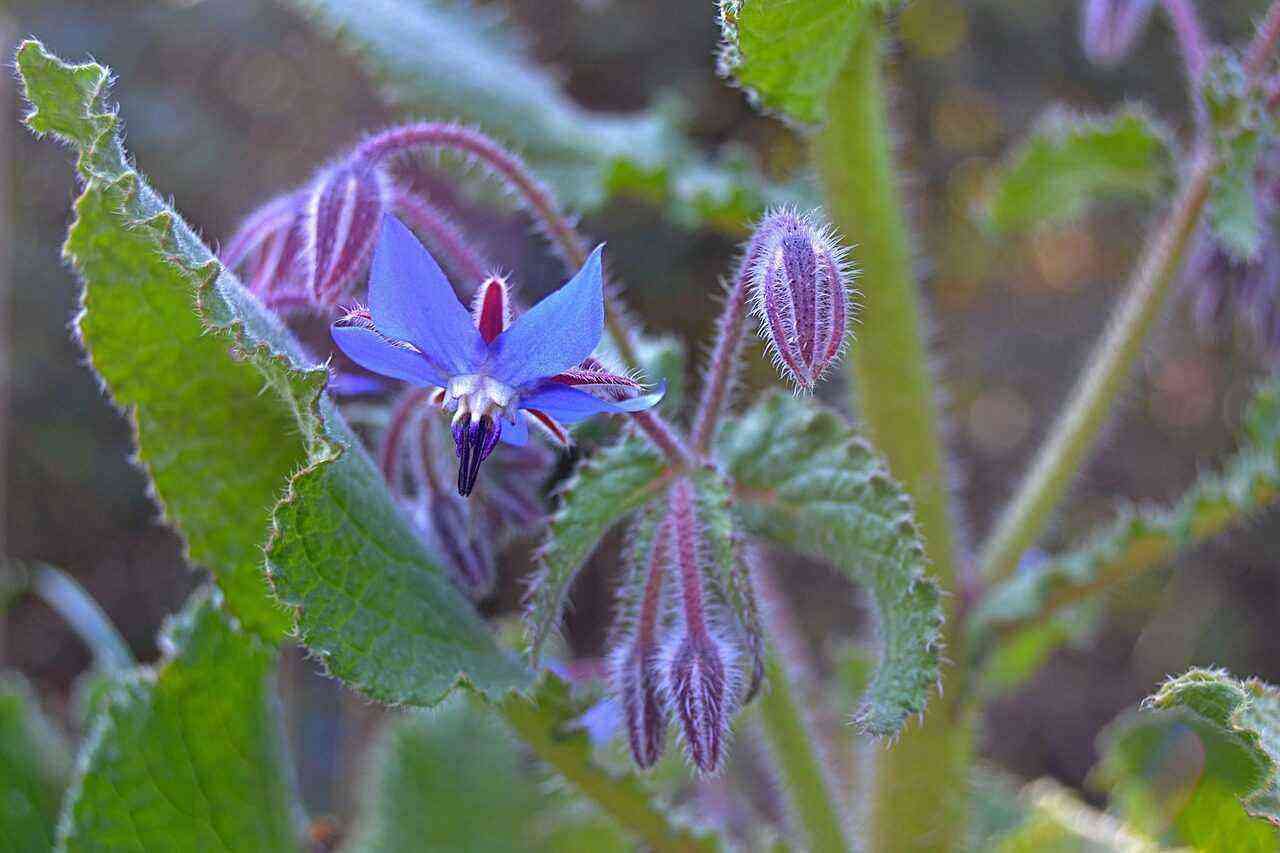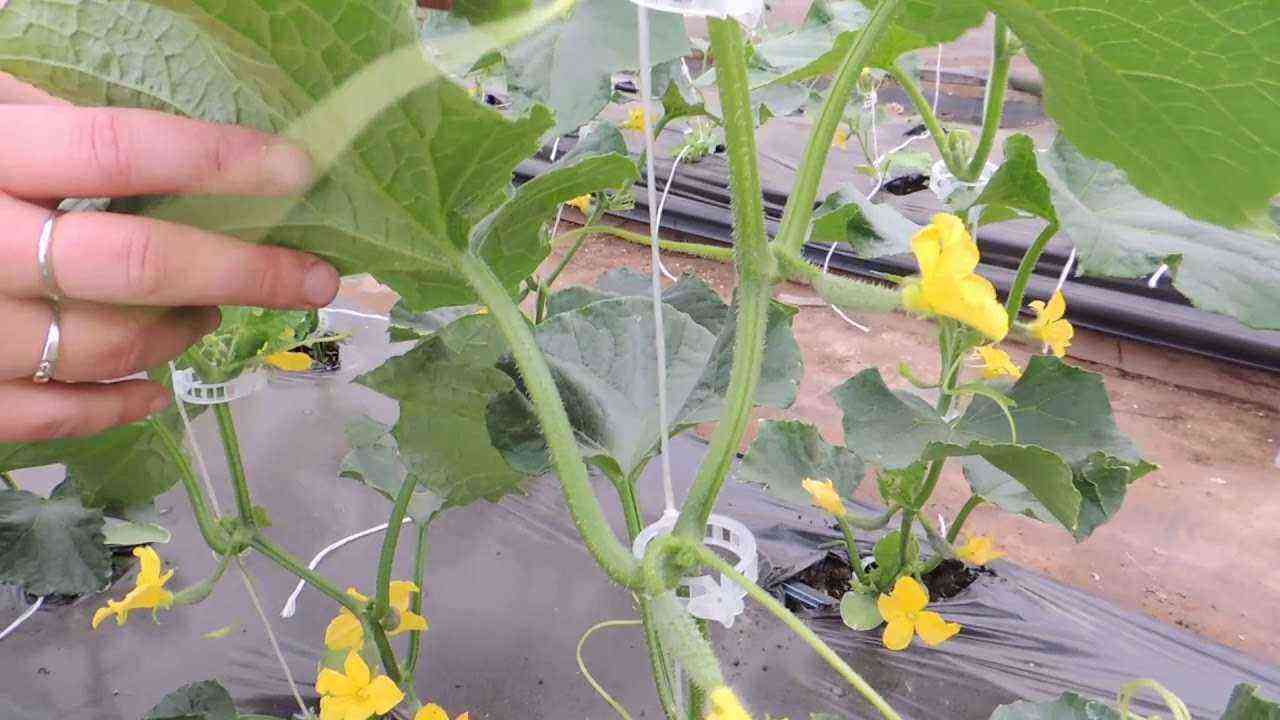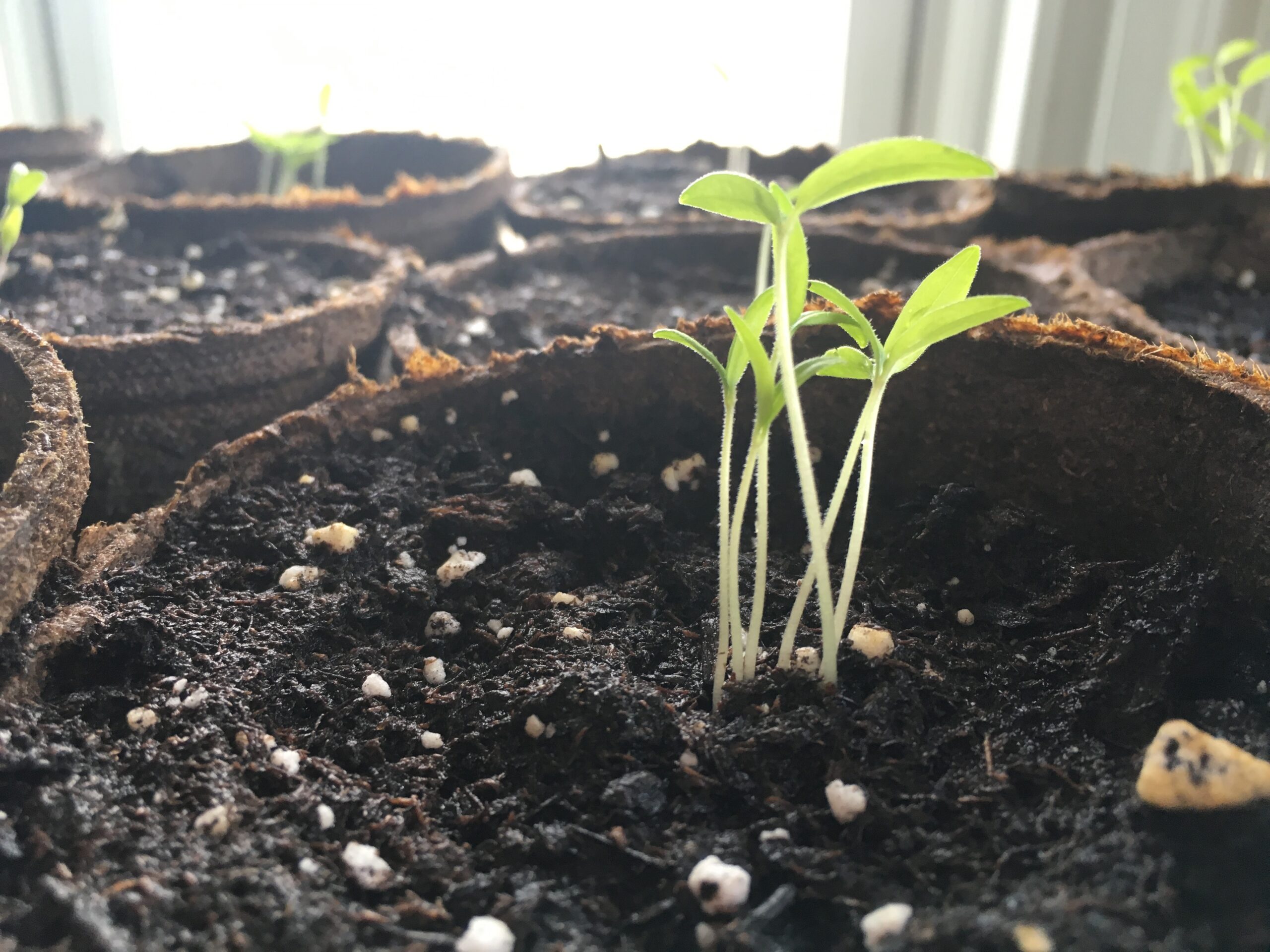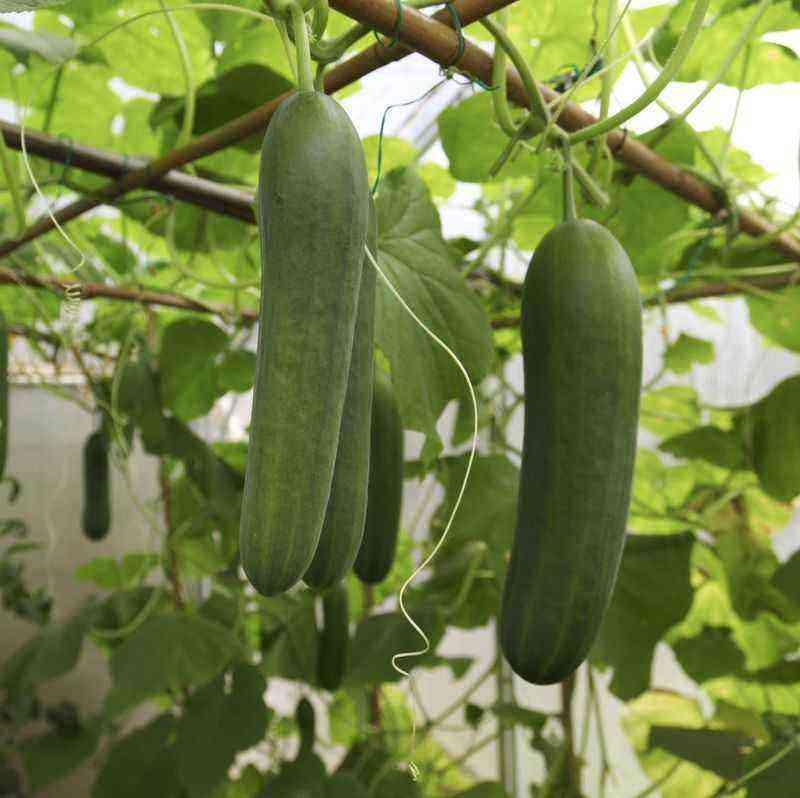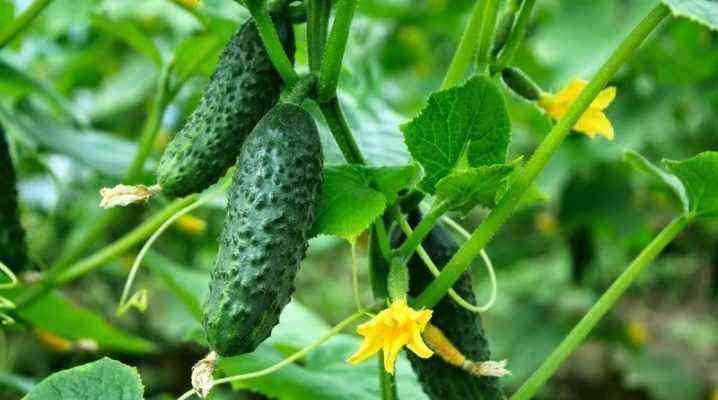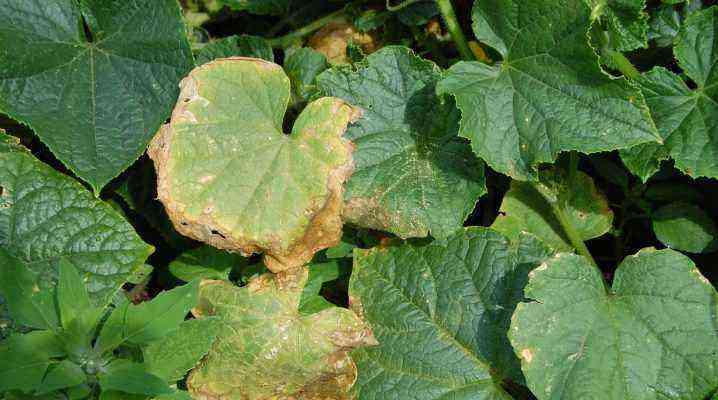For many gardeners, in the second half of summer, despite good care, the leaves on the berry bushes dry out en masse and fall off. Often the reason for this is a fungal disease called anthracnose.
Black currant, redcurrant, gooseberry
The first signs of the disease appear at the end of flowering on the lower, older leaves. With a strong defeat, most of the leaves (except for the youngest) can crumble before the end of July, which will lead to the growth of new shoots. Young branches will not have time to mature and prepare for winter, but they will significantly weaken the entire bush, pulling nutrients onto themselves. As a result, next year we will see frozen shoots and very poor development of the bush.
Anthracnose mainly affects leaves, less often young shoots and berries. Very small brown spots form on the leaves, which then increase in size. In the center, the necrosis is slightly swollen due to the pathogen forming inside. With a strong lesion, the spots merge, the leaves dry out and fall off ahead of time. Only the tops of the shoots remain leafy. On petioles and stems, anthracnose appears as elongated sores, lighter in the center. The defeat of the stalks leads to the fall of the berries. And on the berries themselves you can see small spots with a raised middle.
The first mass dispersion of the pathogen begins in early May and lasts about a month. It is at this time that we can help plants recover from winter, support their immunity, reduce stress from temperature changes and thus the likelihood of developing anthracnose and other diseases. During the summer, the spores are dispersed by insects, wind and water. And if the disease is not fought, then in the second half of the summer, especially in wet years, anthracnose will reach its peak.
Control measures
By thinning thickened plantings, pruning and regularly removing weeds, you can improve the ventilation of shrubs, reduce air humidity, and therefore reduce the possibility of developing fungal diseases. Proper use of fertilizers improves plant resistance. For preventive spraying before flowering, you can use the drug Topsin-M in a mixture with growth regulators: Epin-Extra, Zircon or Immunocytophyte. If you notice the disease already during the ripening of the crop, then it is possible to restrain its development only with microbiological preparations, as Phytosporin-M и Gamair. Fallen leaves should be removed and burned throughout the summer. After harvesting, do not forget to repeat the processing Topsin-M or other approved drugs (Previkur, Ridomil Gold, Skor, Fundazol). In order to avoid addiction, drugs must be alternated.
Raspberry
Anthracnose on raspberries is manifested in the drying of the ends of the shoots, premature drying and falling off of leaves and berries. The disease begins at the end of May on the lower young shoots. They form oval purple spots, which eventually take the form of sores with a sharply defined shape and purple edging. In the future, the spots merge, crack and form deep wounds. Rounded spots with a purple border also appear on the leaves along the veins. The affected tissue dies. The leaves remain underdeveloped, curl and fall off. As a result, the berries do not ripen, and the shoots dry out. The development of the disease is enhanced by high humidity. Under favorable conditions for the fungus, the mass formation of the pathogen occurs all summer, with many repeated generations developing and new plants being infected.
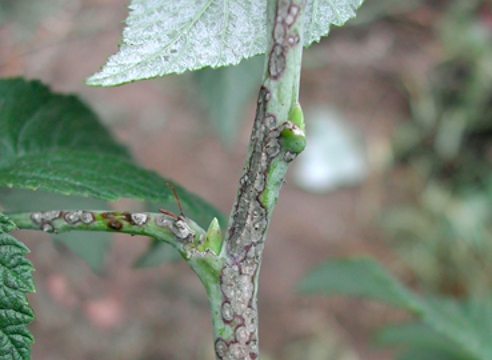
Control measures
It is necessary to regularly cut and burn old and diseased raspberry stems, leaving no stumps. Fallen leaves and mummified berries – collect and destroy. Avoid dense plantings and their placement in low-lying places. The possibilities of using chemical disease control measures on raspberries are very limited, so when buying seedlings, you need to choose only healthy planting material and maintain a high level of agricultural technology.
Pumpkin cultures
Anthracnose is ubiquitous on them, but most of all it harms cucumbers in greenhouses. Appears on leaves, stems and fruits. A depressed brown spot appears on the seedlings in the area of the root collar. Then the infection spreads and the plant dies. On leaves and stems, the disease manifests itself in the form of rounded yellowish spots located along the edge of the leaf. With a strong development of the disease, the spots merge. The full functioning of the leaves stops, the yield decreases. In the future, the fungus passes to the fruits, where sunken, light brown spots of various sizes are formed.
Control measures
Considering that the pathogen persists in seeds collected from infected fruits, as well as in plant debris, it is necessary to carry out the whole range of preventive and therapeutic measures, including pre-sowing treatment of seeds with fungicides, proper feeding, removal of plant residues and diseased plants.
Grapes
Grape anthracnose is less common, but no less harmful. To a greater extent, it affects grape varieties that, due to resistance to mildew and oidium, are not systematically treated with fungicides. The disease can cause noticeable damage in humid climates. Anthracnose affects only young tissues. Leaves are susceptible at the age of 20-25 days, only green shoots are affected, berries – before ripening. Leaves are affected first. Light gray dots with a reddish or dark brown rim appear on them. Later, the spots increase, become angular. Leaf tissues in the affected areas are destroyed and die. Spots can form on the veins of the leaf and on the shoots. Damage, as the shoot grows, is pulled out and pressed in. Over time, a dark purple rim appears around the spots. Ulcers can be very deep, affecting the wood. With a strong defeat, the shoots turn black and easily break. The leaves on the affected shoots are usually light green, underdeveloped, and often dry out. Depressed spots also form on the affected berries, the berries are deformed, and grow unevenly.
Control measures
To protect the grapes from anthracnose, it is necessary to cut and destroy the affected shoots, and carry out preventive spraying during the growing season. Horus, Ridomil. Well proven microbiological preparations Planriz, Gaupsin, Mikosan, Mikosan.
In all cases, choose protection methods that will help the plant prevent disease. Give preference to resistant varieties, follow all the rules of agricultural technology, and only then take on pesticides.



